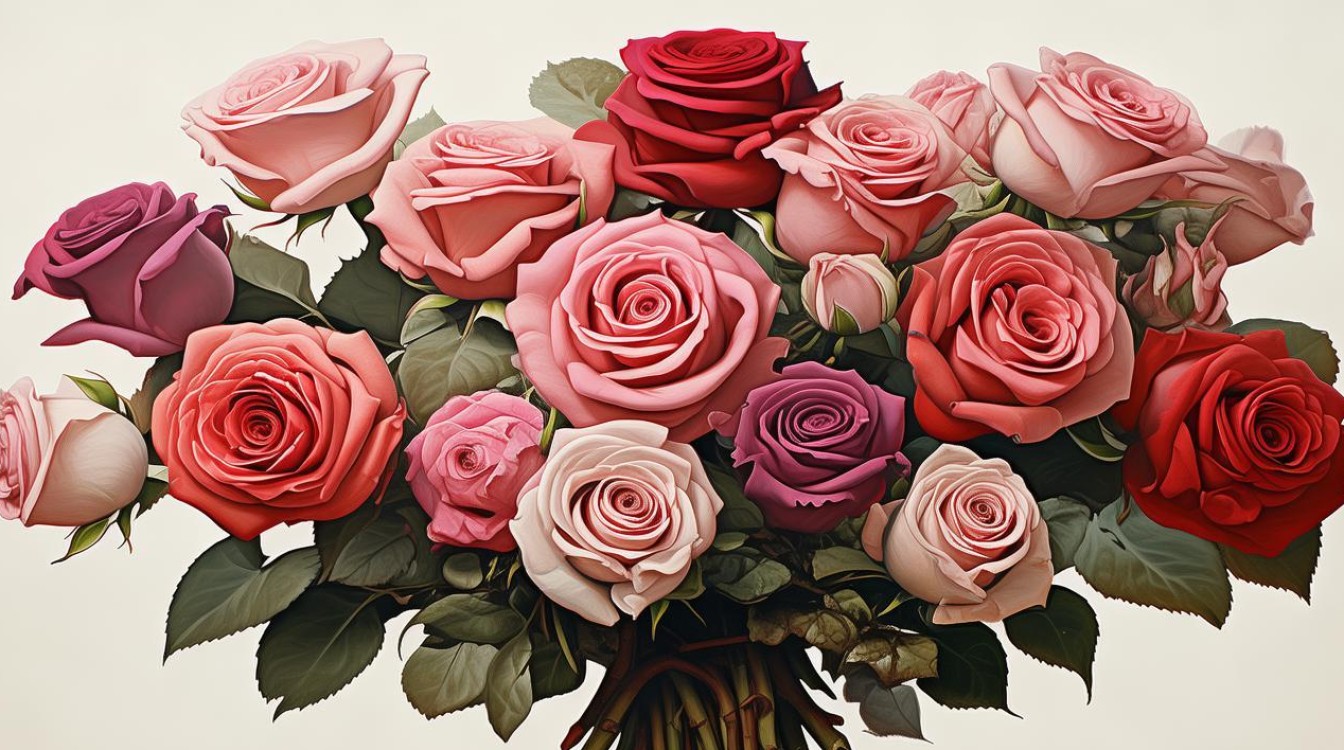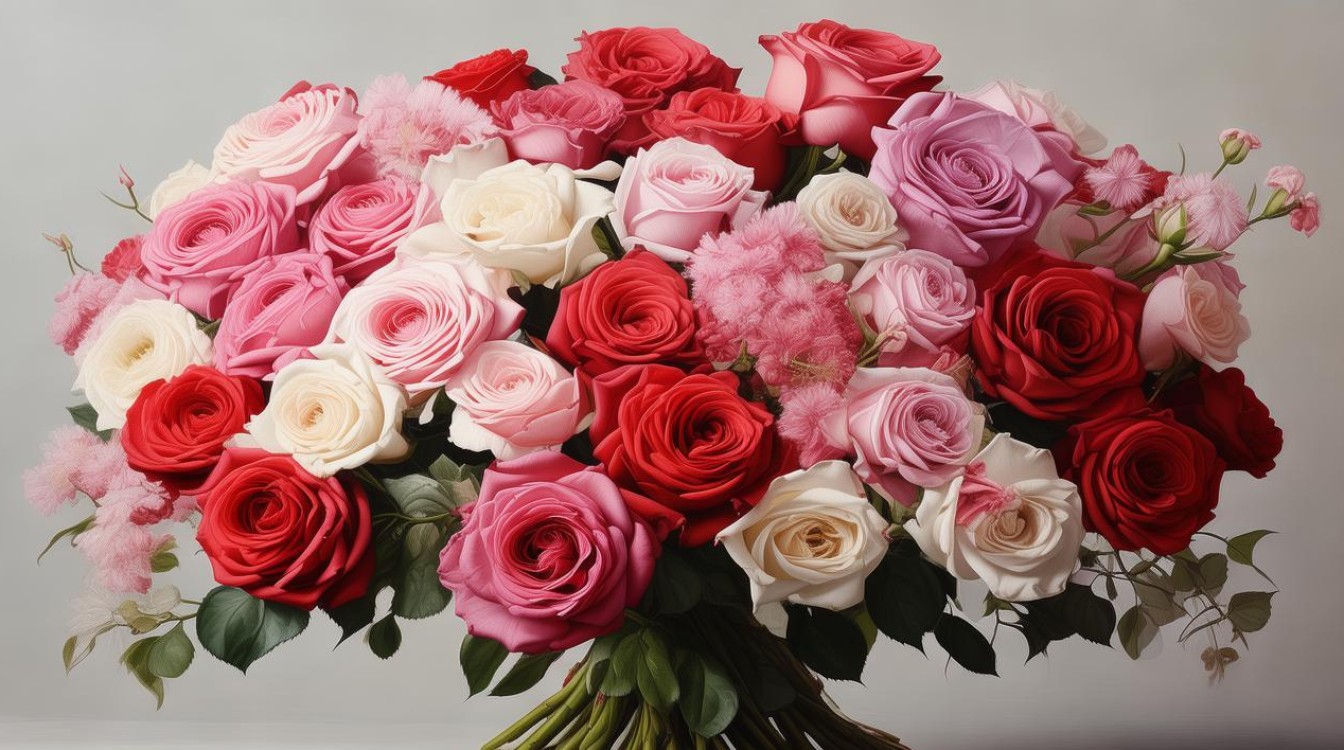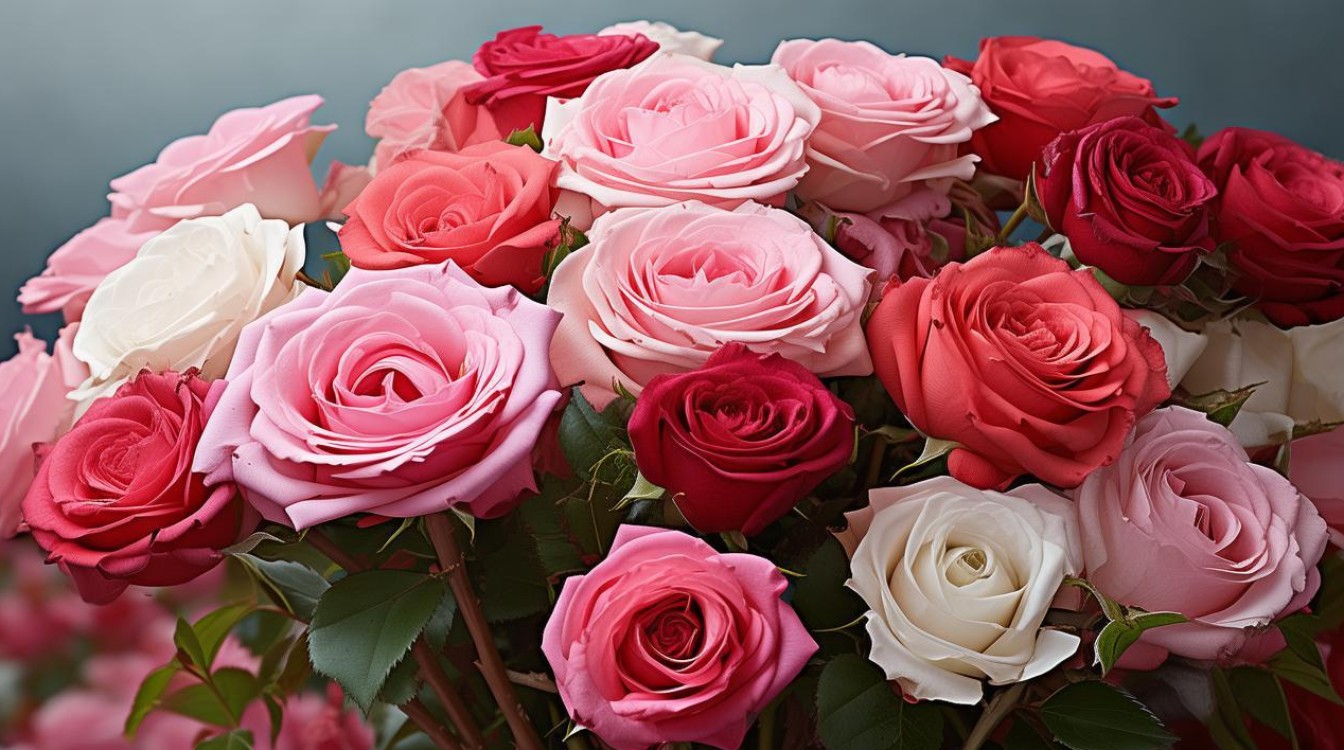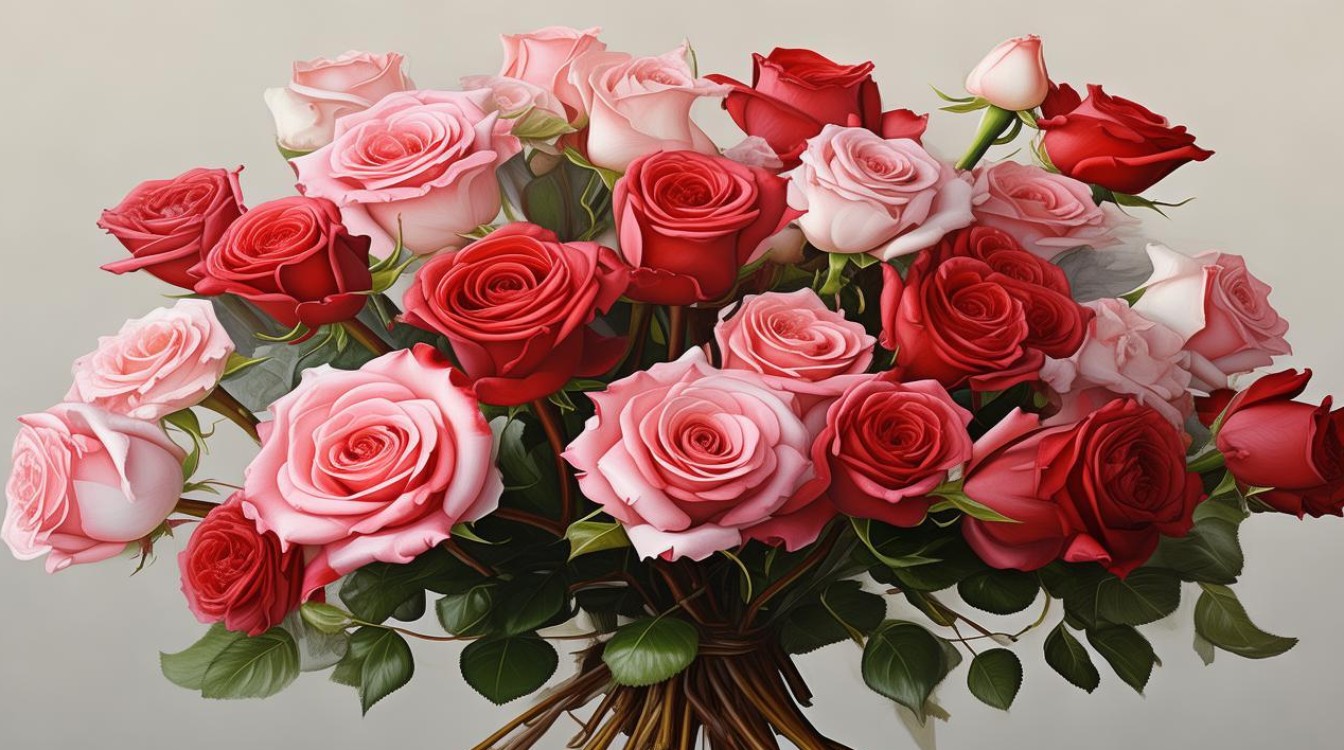Roses have long been symbols of beauty, love, and passion. Whether gifted for a romantic occasion or simply to brighten someone’s day, a bouquet of roses carries deep meaning. For English learners, florists, or anyone curious about floral terminology, knowing the right words to describe roses in English can be useful. This article explores the vocabulary related to roses, from their colors and varieties to the phrases used when giving or receiving them.

The Basics: Rose and Its Variations
The most straightforward term is "rose"—the singular form. When referring to multiple roses, the plural is "roses." A carefully arranged collection of roses is called a "bouquet of roses" or simply a "rose bouquet."
If the roses are still attached to the plant, you might say "rose blooms" or "rose flowers." When cut and prepared for gifting, they become "cut roses."
Colors and Their Meanings
Roses come in many shades, each with its own symbolism. Here are the most common color names in English:
- Red rose – Love, romance, deep affection
- White rose – Purity, innocence, new beginnings
- Pink rose – Gratitude, admiration, sweetness
- Yellow rose – Friendship, joy, warmth
- Orange rose – Enthusiasm, desire, fascination
- Lavender rose – Enchantment, love at first sight
- Peach rose – Sincerity, gratitude
Some roses have mixed colors, described as "two-tone roses" or "variegated roses." For example, a rose with red edges and a white center may be called a "red-and-white rose."

Types of Roses
Beyond color, roses are categorized by their varieties. Some well-known types include:
- Hybrid Tea Rose – The classic long-stemmed rose often seen in bouquets.
- Floribunda Rose – Clusters of smaller blooms, great for vibrant arrangements.
- Grandiflora Rose – A cross between hybrid tea and floribunda, with tall stems and clustered flowers.
- Climbing Rose – Grows on trellises or walls, often used in garden decor.
- Wild Rose – Simpler, natural varieties like the "dog rose."
When discussing rose arrangements, you might hear terms like "rose spray" (a stem with multiple small blooms) or "single rose" (one flower on a stem).
Parts of a Rose
Understanding the anatomy of a rose helps when describing or arranging them:
- Petals – The soft, colorful layers that form the flower.
- Stem – The green stalk that supports the bloom.
- Thorns – The sharp spikes along the stem (also called "prickles" in botanical terms).
- Leaves – The green foliage attached to the stem.
- Bud – The unopened flower before it blooms.
Common Phrases for Giving Roses
When presenting roses, certain phrases are often used:

- "These roses are for you."
- "I thought you might like these."
- "A bouquet to brighten your day."
- "A single rose to say thank you."
For romantic gestures, people might say:
- "Red roses for the one I love."
- "Every petal reminds me of you."
Idioms and Expressions with "Rose"
The word "rose" appears in several English idioms:
- "A bed of roses" – An easy, comfortable situation.
- "Rose-colored glasses" – An overly optimistic viewpoint.
- "Come out smelling like a rose" – To emerge from a situation with a good reputation.
Buying Roses: Florist Terminology
If you're purchasing roses, these terms may be helpful:
- "Dozen roses" – A set of 12 roses, a common gift size.
- "Half-dozen roses" – Six roses, a smaller but still meaningful arrangement.
- "Fresh-cut roses" – Recently harvested, with a longer vase life.
- "Vase arrangement" – Roses sold in a decorative vase, ready to display.
Caring for Roses in English
To keep roses fresh, you might hear these instructions:

- "Trim the stems at an angle before placing them in water."
- "Change the water every two days."
- "Remove any leaves below the waterline to prevent bacteria."
The Language of Roses in Literature
Roses frequently appear in poetry and prose. Famous lines include:
- "A rose by any other name would smell as sweet." (Shakespeare)
- "The rose speaks of love silently, in a language known only to the heart."
Final Thoughts
Roses are more than just flowers—they are a universal language of emotion. Whether you’re learning English, selecting a bouquet, or simply appreciating their beauty, knowing these words enhances the experience. Next time you see a rose, you’ll have the perfect vocabulary to describe its color, type, and the feelings it represents.

